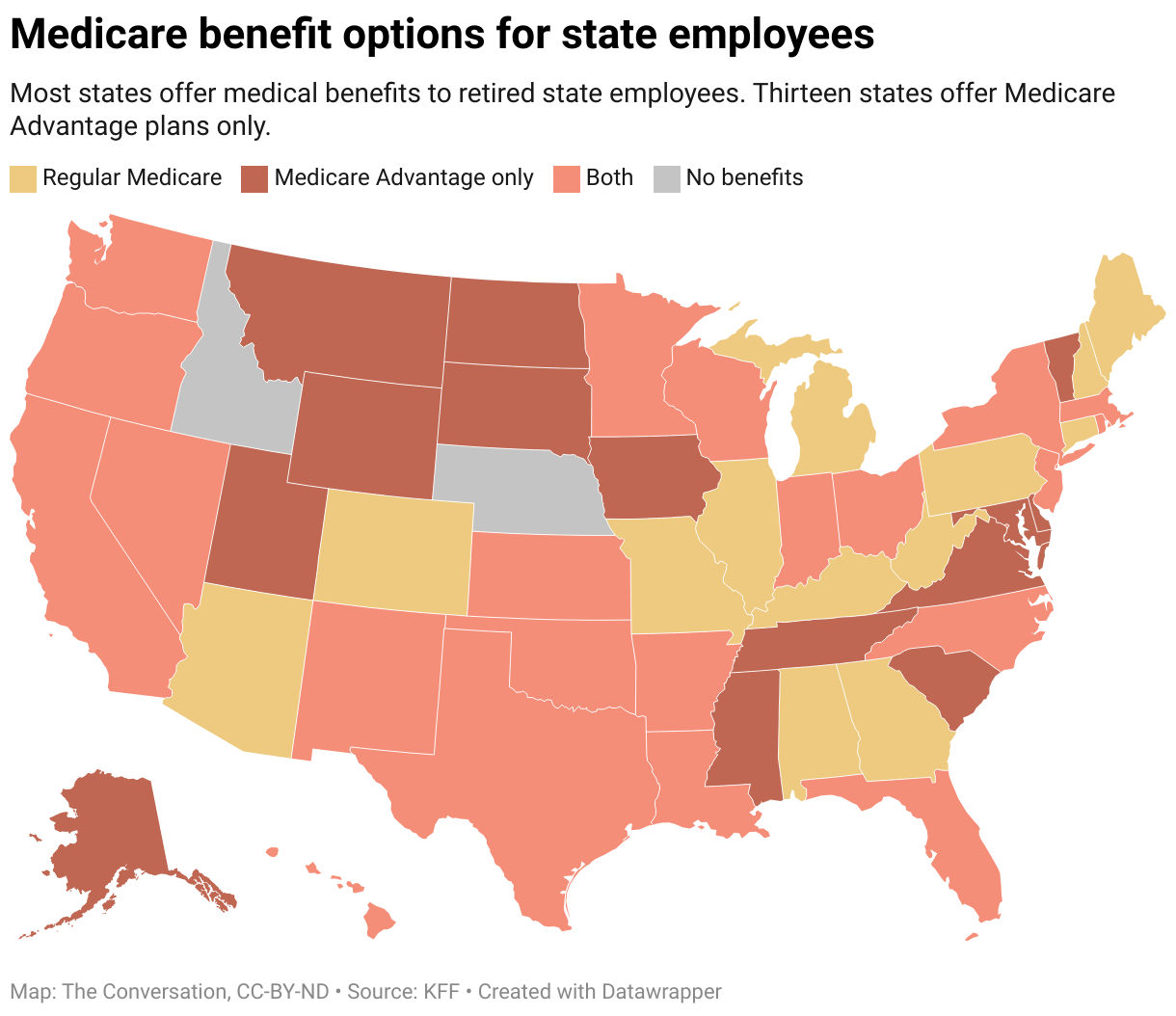Sorting through health insurance to find the right plan can feel like a daunting task. When shopping for insurance provided through the Affordable Care Act (ACA), however, it’s possible to simplify things a little by understanding the “metal levels.”
Basically, ACA plans are divided into tiers, designated by names with a metal in it. Once you get the hang of them, they make a little more sense. Here’s what you need to know as you look for your next health plan.
What do the ACA Metal Levels Mean?
There are four metal levels with ACA plans — bronze, silver, gold and platinum. They don’t refer to the quality of care you receive. Instead, the level you choose is all about how you and the insurance company split the cost of your care. Every ACA insurance plan, regardless of the level, includes certain essential services, at no extra cost.
Generally, the less expensive the metal, the less you’ll pay each month for your premium but you’ll be responsible for more costs when you need medical care. For example, with bronze plans, you’ll pay the lowest monthly premium but expect to pay a higher portion of the cost when you go in for care. At the highest level, platinum, you’ll have the highest monthly premium, but when you receive healthcare, you’ll pay a lower percentage of the cost.
The same holds true for your deductible, the amount you pay before the insurance company starts covering anything. Bronze has the highest deductible, then silver, followed by gold and finally, platinum, with the lowest deductible.
Regardless of the type of plan you choose, you can reduce your total cost for health insurance if you qualify for a premium tax credit, “Premium tax credit.” This credit, also known as a subsidy, is based on your income. When you complete your marketplace application, you can see what you qualify for — and how much you can save on your premiums, if eligible.
How Cost Sharing Works at Different ACA Metal Levels
It’s important to understand that premium costs vary for insurance plans, even all of those at the same metal level. Meaning, for instance, all silver plans do not cost the same. These costs are based on where you live, the coverage you choose and other factors. However, you can get a feel for what you might pay by looking at how the cost-sharing works for each ACA level of plans.
| Metal Level | Insurance company pays | What you pay |
| Bronze | 60% | 40% |
| Silver | 70% | 30% |
| Gold | 80% | 20% |
| Platinum | 90% | 10% |
It’s important to remember that this cost split only takes effect after you’ve met your deductible, and as long as you pay your premiums.
For example, let’s say you get a gold plan with a premium of $400 per month and an annual deductible of $500. You’ll have to pay your premium each month, and when you receive certain healthcare services, you’ll have to pay 100% of your bill until you’ve spent $500. Once your total out-of-pocket costs for care reach that $500 deductible threshold, your insurance company will pay its agreed-upon share. On the gold plan, that means the insurance company will pay 80% of your healthcare costs while you pay 20%.
Which Tier is Right for Me?
Deciding which of the ACA metal tiers is the right choice for you depends on your individual situation and healthcare needs. Pay attention to the trade-offs between premiums, deductibles and coverage. While it may seem like the lowest premium is the best choice, if you have a lot of healthcare needs, the high deductible that often comes with it and the amount you’ll have to pay for care can actually make things cost you way more in the end.
Here are some things to consider as you decide which metal tier is the best choice for you.
Bronze
- Lower monthly premiums
- Higher deductibles
- You pay a larger share (40%) of costs
A bronze plan can make sense if your regular healthcare needs are relatively few. You’ll save money each month on premiums. However, the higher deductible could mean that you never reach it, and you’ll pay for most of your medical care out of your own pocket. This level can work if you don’t often need care, and you just want some level of protection in the event of a major illness or injury.
Silver
- Moderate monthly premium
- A lower deductible that is easier to meet than with a bronze plan
- Your share of costs for services is lower (30%) than with a bronze plan
One of the advantages of a silver plan is that it can be a good choice if you qualify for what are known as “extra savings,” Cost-sharing reductions. These cost-sharing reductions are only available to people who enroll in silver plans. Use the government’s calculator to see if you’re eligible. If you are, you could save thousands of dollars a year.
The silver plan can also be a good choice for those who can afford to pay a little more in premiums each month and think they will meet the deductible.
Gold
- Higher monthly premium
- Relatively-low deductible
- Lower share of costs (20%)
For those who use more health care throughout the year, a gold plan can make sense. With a gold plan, you’ll pay more each month, but it won’t take as long to meet your deductible. So a greater portion of your costs will be covered. If you have regular prescriptions, especially non-generic prescriptions, or if you know you’ll have to make multiple doctor visits each year, a gold plan may make the higher premium cost worth it.
Platinum
- High monthly premium
- Low deductible
- Lowest share of costs (10%)
If you have a lot of recurring healthcare needs, or you know you have an upcoming hospital stay, consider choosing a platinum plan. You’ll end up paying more each month in premiums, but you’ll meet your deductible sooner and the insurance company will pay a greater share of your costs. With a platinum plan, you’ll have a higher fixed cost each month, but when you receive services, you won’t have to pay as much.
Where Do Catastrophic Plans Fit In?
Another possibility is to use a catastrophic plan to cover your healthcare costs, Catastrophic health plans. These plans have very low premiums but come with higher deductibles. On top of that, if you get a catastrophic plan, you don’t qualify for a premium tax credit, which is a refundable tax credit to help low and moderate income people afford their premiums.
In order to qualify for a catastrophic plan, you must meet at least one of two criteria:
- Be under the age of 30
- Qualify for a hardship or affordability exemption (no matter your age)
Those most likely to benefit from this type of plan don’t qualify for a premium tax credit and have very few healthcare needs. This plan would cover you in the event of a major illness or injury. It also includes preventative healthcare and primary care visits. For other services, though, you’d have to meet the high deductible threshold before the insurance company would pay toward your costs.
Bottom Line
Your costs will vary, depending on where you live and the coverage you get. Review your basic healthcare needs and determine which ACA metal level best fits your needs. You can also see what type of premium tax credit you can receive. When you shop around, keep in mind that the premium presented to you is the cost without your subsidy. If you qualify for a tax credit, your cost may be lower than what’s displayed.
By understanding the ACA metal levels, you’ll have an idea of where to start as you shop around, and you’ll be able to make a more informed decision about your health care.




